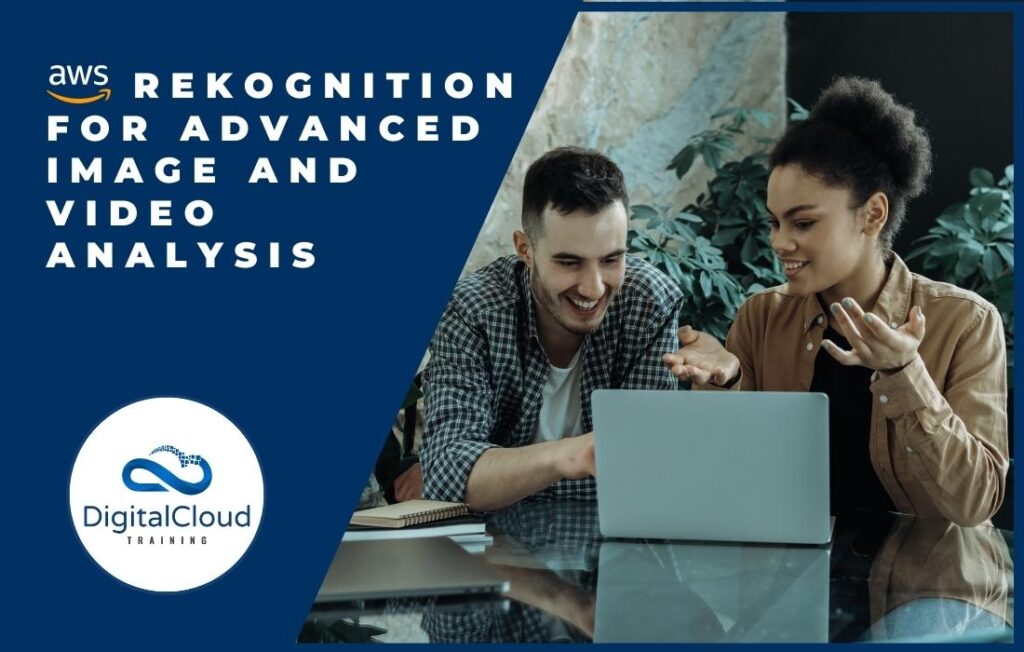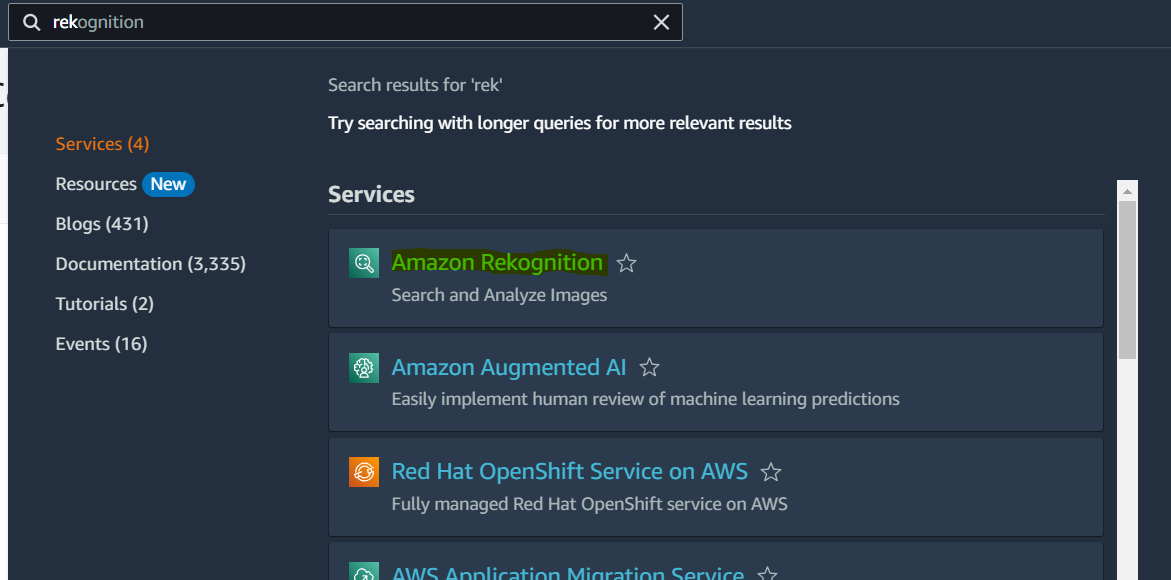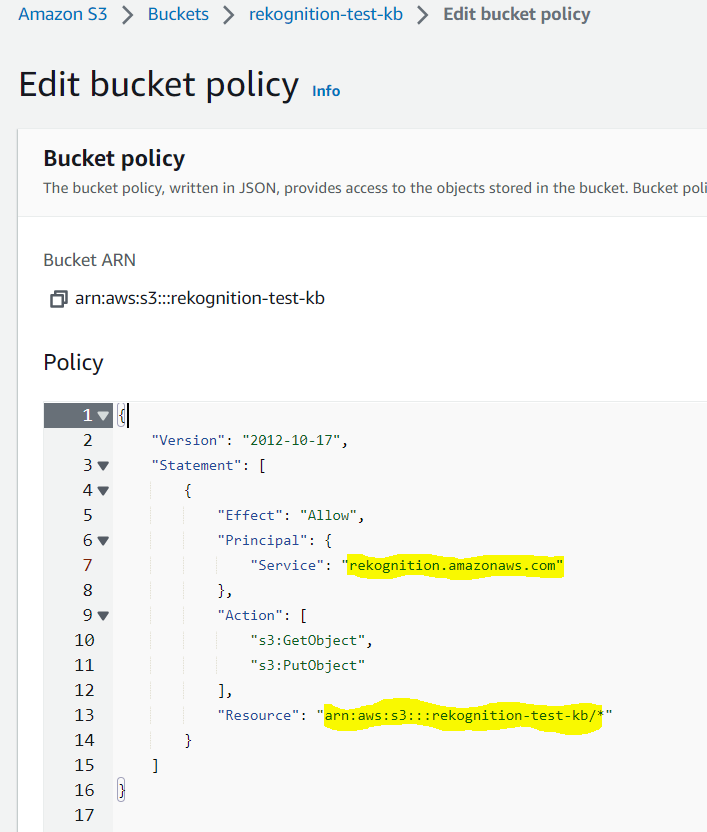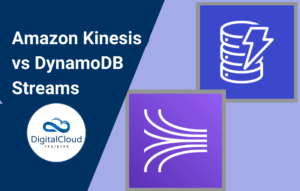AWS Rekognition For Advanced Image and Video Analysis
Please use the menu below to navigate the article sections:
- I. Benefits of Utilizing AWS Rekognition for Image and Video Analysis
- II. AWS Rekognition Features and Services
- III. Use Cases for AWS Rekognition
- IV. AWS Rekognition Implementation and Integration
- V. AWS Rekognition vs Other Image and Video Analysis Services
- VI. Security and Compliance Considerations for AWS Rekognition
- VII. Ready to Take Your Cloud Career to the Next Level?

AWS Rekognition, a cloud-based machine learning solution by AWS, empowers developers to identify objects, settings, individuals, and inappropriate content within images and videos. The system uses extensive application programming interfaces (APIs) to accurately recognize individuals and interpret textual language – offering an array of advanced visual analytical capabilities.
I. Benefits of Utilizing AWS Rekognition for Image and Video Analysis
Scalability: AWS Rekognition seamlessly adjusts its resources to manage large volumes of images and videos, eliminating the need for manual infrastructure oversight.
Integration: The platform effortlessly integrates with a multitude of AWS services, empowering developers to build comprehensive solutions.
Real-time Analysis: Real-time video analysis enhances live surveillance and event streaming, offering immediate insights.
Precision: Developed and refined by Amazon, Rekognition performs detection and identification tasks with high accuracy.
Importance of AWS Rekognition in different industries
Retail: Visual search technology helps people find products.
Media & Entertainment: Improved user experience and content relevancy by automating content filtering and recognizing celebrities.
Healthcare: Services can help analyze medical images, but they cannot diagnose.
Security and Surveillance: Real-time video analysis can help identify risks and unauthorized individuals in monitored regions.
Marketing: Involves targeting ads to specific audiences by evaluating their demographics and behaviors.
II. AWS Rekognition Features and Services
Image and video analysis capabilities of AWS Rekognition
Fundamentally, AWS Rekognition is specifically engineered to undertake the processing and analysis of both photos and videos. Whether one is working with static photographs or dynamic videos, this technology has the capability to delve deeply and extract intricate information. This encompasses the ability to identify various items, scenarios, actions, and even detect potentially harmful or inappropriate information.
Facial analysis and recognition
This feature has garnered significant attention and discussion. Rekognition possesses the capability to detect and recognize distinct facial attributes within both photographic and video content. Moreover, it is equipped to conduct facial feature analysis and provide face-to-face comparisons for the purpose of identity verification. In addition to the task of identifying individuals, the system also possesses the capability to assess emotions and discern traits such as the presence of eyeglasses or an approximate estimation of age.
Text and object recognition
Have you ever desired to extract textual content from an image? The Rekognition system possesses the capability to identify and interpret textual content included in images, hence becoming advantageous in various scenarios such as the extraction of information from street signs or product labels. Furthermore, it possesses the capability to accurately recognize and classify a diverse array of items present in photos, hence offering valuable contextual information pertaining to the surrounding environment or visual composition.
Best practices for using AWS Rekognition
- To obtain precise outcomes, it is vital to utilize high-resolution and visually distinct photos and movies.
- It is advisable to refrain from utilizing media that is too compressed or distorted.
- It is advisable to consider the outputs of Rekognition as suggestions rather than unquestionable truths.
- It is advisable to verify important findings through manual examination or, if necessary, by employing alternative tools.
- It is imperative to consistently acquire appropriate rights or consents before conducting any analysis on personal photographs or videos.
- It is imperative to adopt a policy of transparency when it comes to informing users about the utilization of their data.
III. Use Cases for AWS Rekognition
Security and surveillance applications
AWS Rekognition can be very helpful in security and surveillance applications.
For example, the implementation of an intelligent home security system involves the integration of AWS Rekognition, a sophisticated computer vision technology, to actively monitor closed-circuit television (CCTV) feeds in real-time. In the event that an unidentified individual is detected within a designated restricted area, the system promptly transmits an alarm notification to the homeowner’s mobile device. The utilization of this technology offers advantages not just in the context of residential security, but also in larger-scale applications such as corporate facilities or essential infrastructure, where it serves to restrict access solely to authorized individuals.
Customer engagement and personalization
Rekognition also helps in customer engagement and personalization such as:
Cameras within a brick-and-mortar retail establishment are utilized to record and document the movements and interactions of shoppers. By utilizing Rekognition, the system is capable of discerning trends, such as the aisles that are frequented the most or the products that buyers engage with but ultimately refrain from purchasing. The collected data is subsequently utilized to enhance store layouts, optimize product placements, and provide personalized promotions to shoppers in real-time, contingent upon their voluntary participation in such services.
Media and entertainment industry applications
Media and entertainment industry can also benefit from Rekogition.
For example, the utilisation of AWS Rekognition by a streaming service provider facilitates the scanning of uploaded videos. The service uses an automated process to classify information by utilizing established scenes, objects, and actions. Simultaneously, it performs content screening to identify potentially improper or restricted material, to guarantee that user-generated uploads adhere to the criteria set by the platform.
Healthcare and life sciences industry applications
We all know that AI has great impact on healthcare industry and Rekognition is no exception.
The integration of Rekognition with the imaging systems of a radiology department is one example. When X-ray or MRI imaging techniques are employed, Rekognition technology aids in the identification and accentuation of potential anomalies, such as tumors or fractures. Although physicians retain the ultimate responsibility for diagnosing patients, the utilization of this method expedites the first analysis, hence facilitating prompt delivery of data to patients and reducing the likelihood of overlooking significant abnormalities.
IV. AWS Rekognition Implementation and Integration
Configuring and setting up AWS Rekognition
There is no configuration needed to use AWS Rekognition unless you are working on custom labels. If you go to the Rekognition dashboard in the AWS console, you see different features provided by Rekognition.

When you go to “Label Detection” you will see the below dashboard.

This is the feature that we will invoke through the AWS SDK. We will call Rekognition API on an image in S3 bucket and Rekognition will extract a label from that image. Let’s configure the S3 bucket first.
Integration with other AWS services such as S3
We create a bucket named “recognition-test-kb”. Now you must assign permissions to the bucket so that AWS recognition can access the images in the bucket. You need to add the policy as shown below:

The next step is to use the Python Boto3 library. See the below code in python to extract the label from the s3 bucket image using AWS recognition.
import boto3
# Initialize the rekognition client
rekognition = boto3.client(‘rekognition’)
# Specify the S3 bucket and image key
bucket_name = ‘rekognition-test-kb‘
image_key = ‘image-to-extract-label-from‘
# Call detect_labels
response = rekognition.detect_labels(
Image={
‘S3Object’: {
‘Bucket’: bucket_name,
‘Name’: image_key
}
},
MaxLabels=10, # Maximum number of labels to return (can be adjusted as needed)
MinConfidence=90 # Minimum confidence level (can be adjusted as needed)
)
print(response)
The above python code will call detect_labels method of rekognition and will generate the following output:
{
‘Labels’: [
{
‘Name’: ‘Dog’,
‘Confidence’: 99.1234567890123,
‘Instances’: [
{
‘BoundingBox’: {
‘Width’: 0.5478990077972412,
‘Height’: 0.7411668300628662,
‘Left’: 0.21779999136924744,
‘Top’: 0.11083333939313889
},
‘Confidence’: 99.1234567890123
}
],
‘Parents’: []
},
{
‘Name’: ‘Animal’,
‘Confidence’: 99.01234567890123,
‘Instances’: [],
‘Parents’: []
}
# … other labels …
],
‘LabelModelVersion’: ‘2.0’,
‘ResponseMetadata’: {
# … metadata about the request …
}
}
The output shows that the image contains an object identified as a ‘Dog’ with a confidence score of approximately 99.12%. The bounding box provides all four coordinates of the recognized object within the image. Similarly, ‘Animal’ is another object detected label with a confidence level of 99.01%.
Best practices for optimizing performance and scalability
Here are some best practices for optimizing the performance and scalability of Rekognition:
- Ensure images aren’t overly high resolution to speed up processing.
- Consider video frame rate and quality to control API call frequency.
- Utilize batch operations for analyzing multiple images or videos simultaneously.
- Store images and videos in S3 buckets in the same region as Rekognition to reduce data transfer times.
- Compress images and videos to minimize data transfer and storage costs.
- Use AWS Lambda for event-driven Rekognition tasks.
- Combine AWS Lambda with Amazon SNS for notifications on task completions.
V. AWS Rekognition vs Other Image and Video Analysis Services
Comparison of AWS Rekognition with Google Cloud Vision and Azure Cognitive Services
Scope and features:
AWS Rekognition detects objects, scenes, faces, and illegal content in images and videos.
Google Cloud Vision offers similar features plus OCR and location recognition.
Azure Cognitive Services’ Vision component performs photo categorization, face identification, OCR, and emotion recognition. The platform’s “Content Moderator” function screens and removes offensive content.
Integration with ecosystem:
AWS Rekognition integrates with various other AWS services, making it a convenient choice for AWS users.
Google Cloud Vision is ideal for Google Cloud-integrated businesses.
Enterprises who use Azure or Microsoft’s software solutions benefit from Azure Cognitive Services’ seamless integration into the Azure ecosystem.
Pricing:
Each of the three platforms has a pay-as-you-go pricing mechanism, with costs depending on data processed and functionality used. To get the most accurate comparisons, check each service’s pricing page.
Strengths and weaknesses of AWS Rekognition compared to other services
Strengths:
- Integration: Seamless AWS integration.
- Real-time video analysis benefits live-streaming apps.
- Rekognition can handle large workloads using AWS infrastructure.
Weaknesses:
- Google Cloud Vision may outperform AWS’s OCR in some cases.
- AWS Rekognition’s facial recognition system has been criticized for biases. This technology is more scrutinized than its competitors.
Key factors to consider when choosing an image and video analysis service
Feature Set: Assess service alternatives depending on project needs.
Integration: Assess the service’s interoperability with your cloud and technological infrastructure.
Pricing: Analyze the expected data processing to find the most cost-effective service.
Accuracy: Use established standards or independent evaluations to choose the service with the best accuracy for your use case.
Regulatory and ethical concerns: Face recognition has special ethical and regulatory considerations. Each service must comply with current laws and address relevant ethical issues.
VI. Security and Compliance Considerations for AWS Rekognition
AWS Rekognition security features
Data Protection: AWS Rekognition ensures data is encrypted at rest using keys managed through AWS Key Management Service (KMS) and encrypted in transit using HTTPS.
Fine-grained Access Control: By integrating with AWS Identity and Access Management (IAM), Rekognition allows for role-based permissions, ensuring only authorized entities can access and perform operations.
VPC Endpoints: AWS Rekognition can be accessed from Amazon Virtual Private Cloud (VPC) using VPC endpoints, ensuring your traffic doesn’t traverse the public internet.
Compliance considerations for using AWS Rekognition
Data Storage and Processing: AWS Rekognition doesn’t store and retain your images or videos unless explicitly required for a feature you’ve opted for.
Regulatory Frameworks: Rekognition aligns with many global compliance programs, including GDPR, HIPAA, and others. However, always ensure you are compliant with local regulations when deploying any facial or image recognition technology.
Ethical Considerations: Especially with facial recognition, be aware of potential biases and misidentifications, which can have significant real-world implications.
Best practices for securing AWS Rekognition-based applications
Limit Access: Use IAM roles and policies to strictly control who can access your AWS Rekognition resources and which actions they can perform.
Monitor and Audit: Utilize AWS CloudTrail to log and monitor all API calls to AWS Rekognition for security analysis, tracking, and compliance auditing.
Data Retention: Regularly review and delete any unnecessary data or results, especially if not in immediate use, to minimize exposure.
Stay Updated: Regularly review AWS announcements and updates to ensure you’re leveraging the latest security enhancements provided by the platform.
VII. Ready to Take Your Cloud Career to the Next Level?
At Digital Cloud Training, we’re dedicated to your success. Our courses offer up-to-date content, equipping you with the expertise to stand out in the competitive tech job market.
Our On-Demand Training allows you to learn at your own pace and on your own schedule.
Our Hands-On Challenge Labs gives you the opportunity to apply what you’ve learned in a real-world setting without the risk of incurring surprise cloud bills.
Our live, immersive Cloud Mastery Bootcamp gives you job-ready skills and help get you certified faster than you thought possible.





Responses